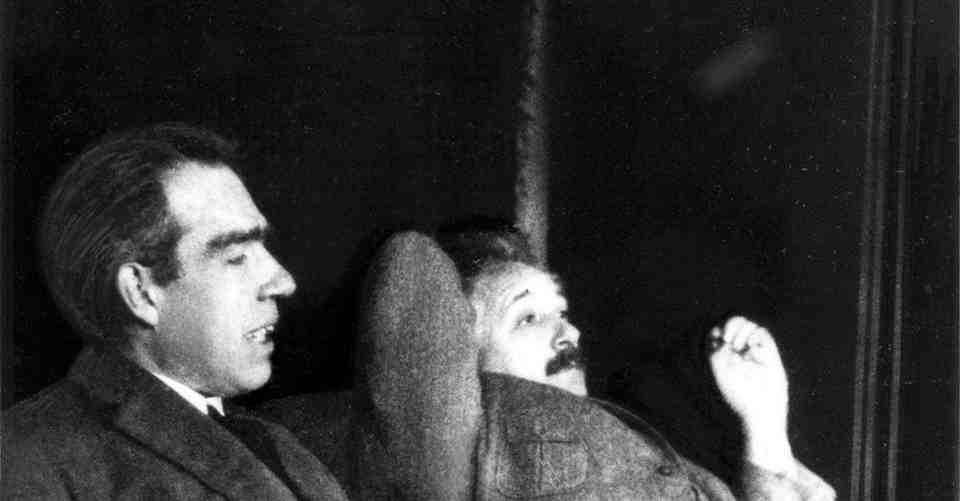Check out the math & physics courses that I mentioned (many of which are free!) and support this channel by going to https://brilliant.org/Sabine/ where you can create your Brilliant account. The first 200 will get 20% off the annual premium subscription.
You can support our channel on Patreon: https://www.patreon.com/Sabine.
Today we’ll talk about one of my favorite topics, warp drives. I am fascinated by warp drives because they are future technology straight out of science fiction and yet they are not for any obvious reason impossible. After all, Einstein taught us that space can indeed deform and that distances can indeed shrink and that time can indeed dilate. So why not bend and deform space-time to get us faster from one place to another?
Well, the devil is in the details. While warp drives have been studied in Einstein’s theory of general relativity, they require unphysical stuff: negative energies, repulsive gravity, or things that move faster than light already. In this video, I summarize what new scientific literature has been published on this in the past year, and what progress has been made.
The new paper from Erik Lentz is here: https://iopscience.iop.org/article/10.1088/1361-6382/abe692
The press release is here: https://www.uni-goettingen.de/en/3240.html?id=6192

